One theoretical physicist says all things are made of stardust.
If that’s so, then we are the children of the stars. Those celestial bodies twinkling in the night sky are our mothers and the givers of life. No wonder we gaze up to the cosmos with reverence.
_001-1024x683.jpg)
There’s a village deep in the Okuhyuga area of Miyazaki Prefecture where the people have long prayed to and performed a sacred dance for the stars. Shiromi—here, the residents cross paths with the stars in the heavens once a year through the Shiromi Kagura. This dance with a history of over five centuries comprises a program of 33 dances, opening with “Hoshi kagura” (star dance), accompanied by music with the advent of the deities, continuing all night long in the darkness, and concluding with “Kami okuri” (send-off of the deities) before dawn. The ritual is an expression of thanksgiving to the stars.
“I may not be a native of Shiromi, but I can still join them and be a part of their world. If the role of the Shiromi residents is to uphold the kagura and pass on the tradition, then an outsider like me might have a different function to serve.”
Photographer Tomoaki Akasaka has visited Shiromi regularly for the past 20 years. It’s his belief that a region’s climate and landscape are shaped by the hearts and deeds of its people. In his eyes, Shiromi’s mountain village scenery, the residents’ efforts to preserve and continue performing the kagura, and their building an industry to sustain their troupe of kagura dancers—all of that comes from the spirit of Shiromi.
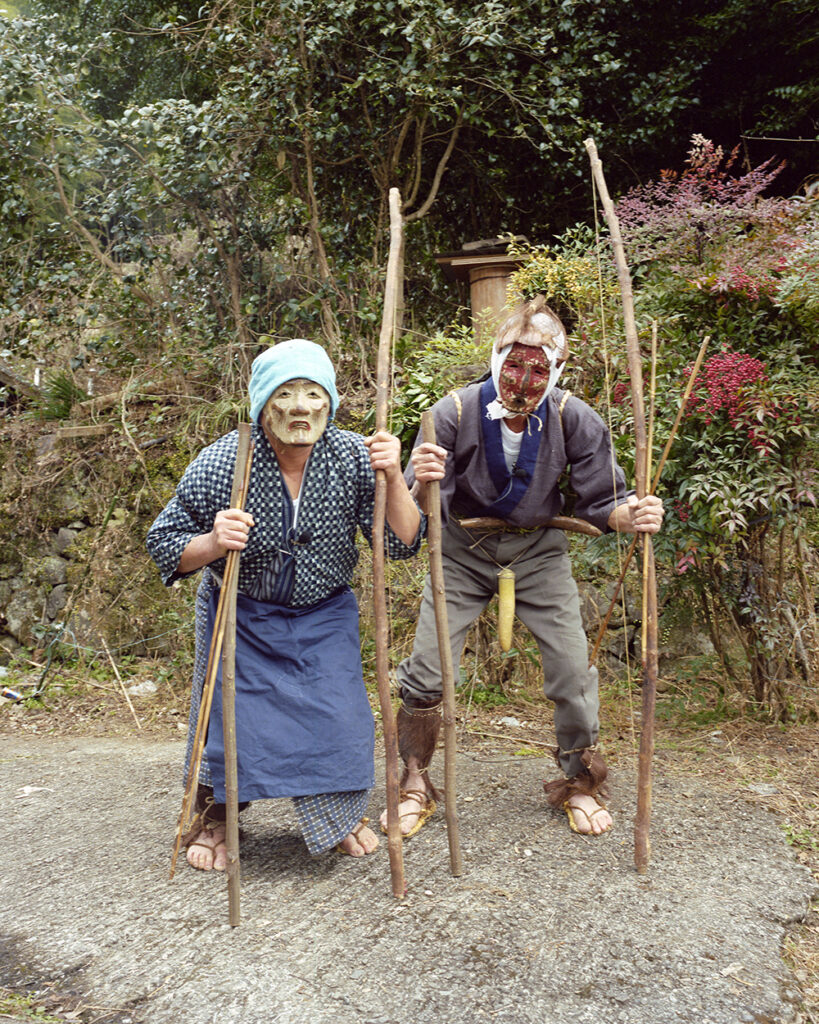
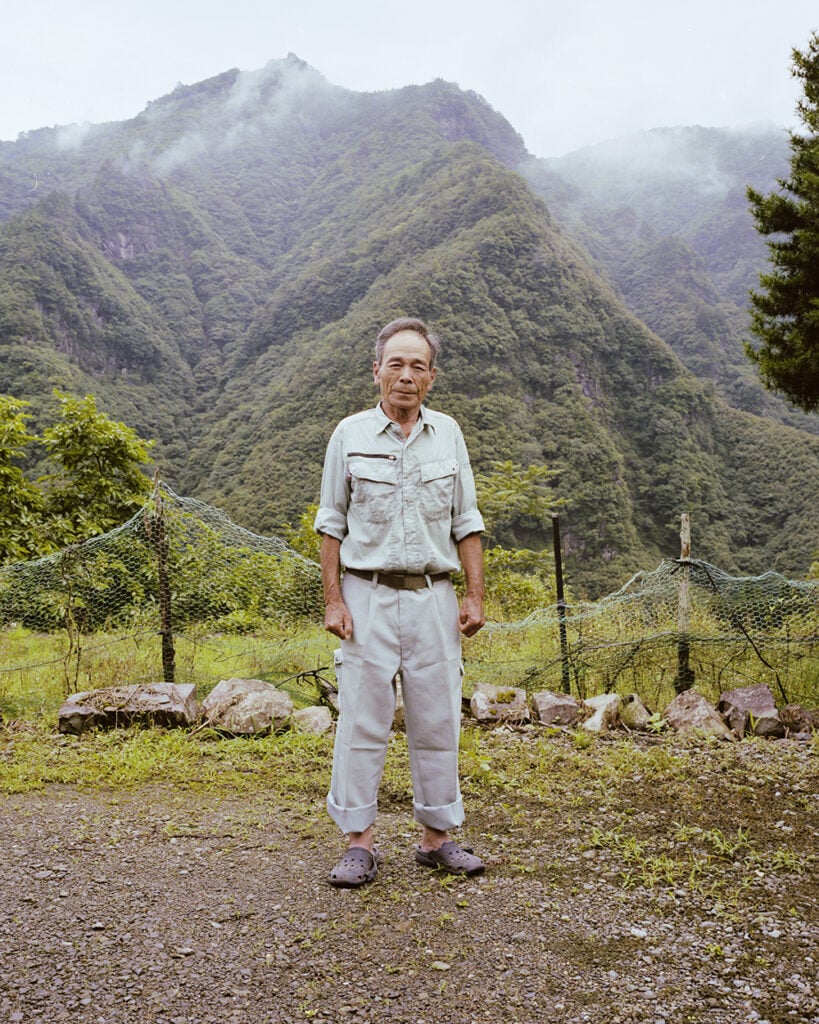
“The residents embrace their role in the big picture of performing the Shiromi Kagura generation after generation, while also dedicating themselves to their daily work. They impress me as being worthy of trust and emulation. Correctness is beside the point. Their commitment to keeping alive what they inherited from their ancestors and passing it on to posterity—that’s an important message for the future.”
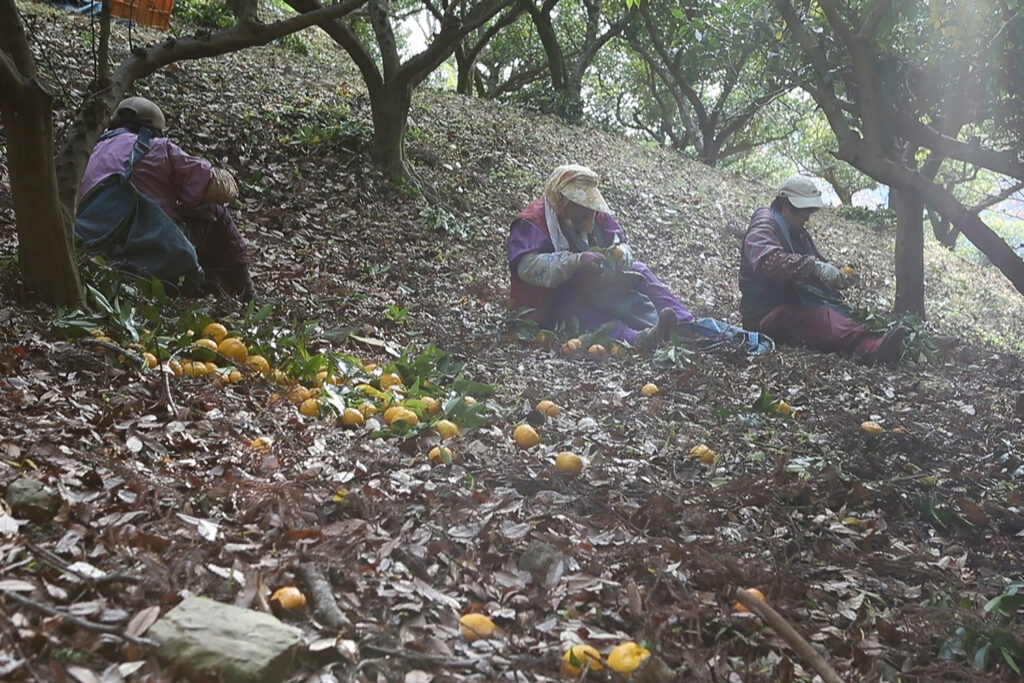
It was important enough for Mr. Akasaka to produce his independent film Shiromi. He smiles cheerfully as he talks about the inspiration for his debut work as a film director: “I love the people of Shiromi.”
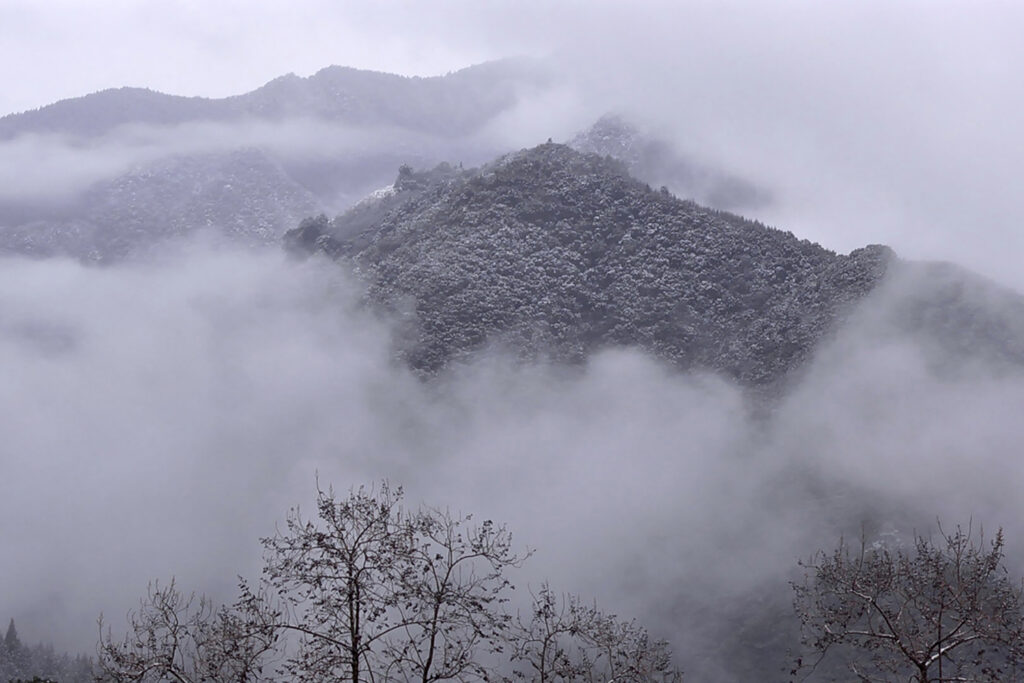
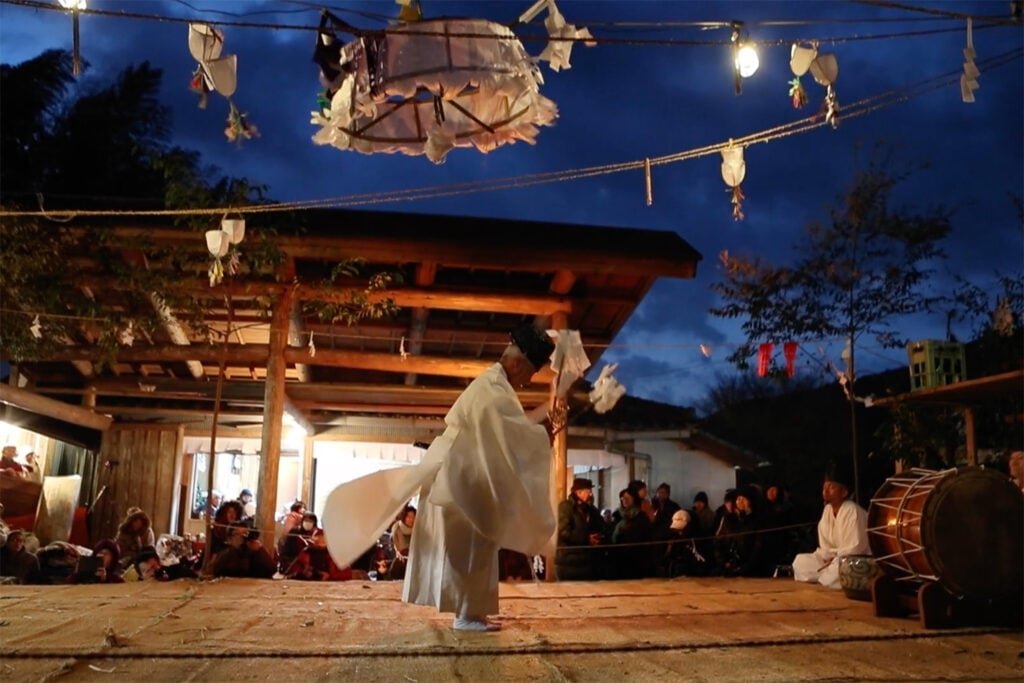
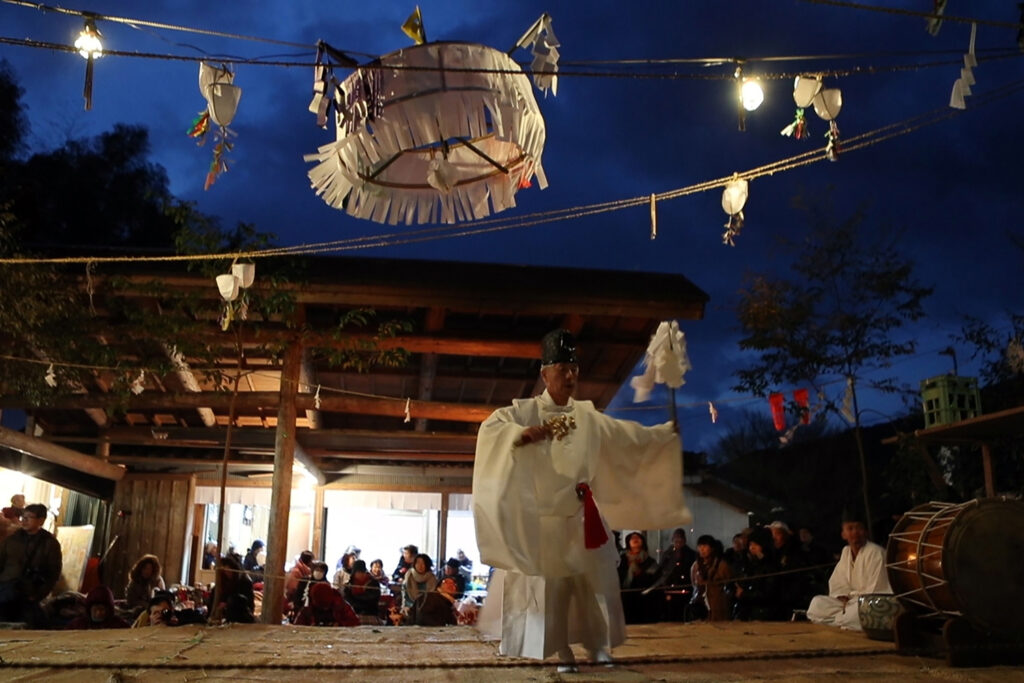
Mr. Akasaka didn’t kick off his career behind the camera. Originally, he studied and practiced law. His life changed after miraculously surviving the Great Hanshin Earthquake of 1995. Having instantly lost the city and his friends, he realized how fragile cities were and how frightening it was to have lost connection with the land.
“We thought money was the solution to everything, and we worked our fingers to the bone to build social infrastructures. But in reality, that world was fragile in the face of nature. I was shocked.”
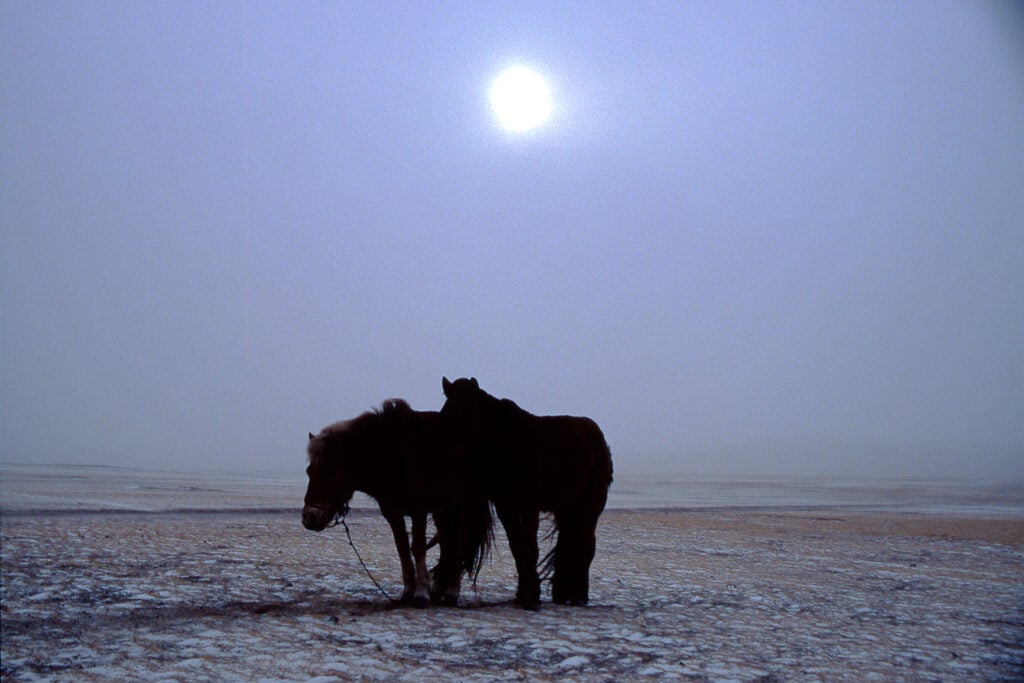
What is it that we should truly cherish and hold dear? For guidance, Mr. Akasaka looked to the indigenous lifestyle captured by photographer Michio Hoshino, who specialized in Alaskan wildlife. Seeking out his own experience of living off the land, Mr. Akasaka visited a Mongolian nomadic family. They had no electricity, no gas, no tap water. It was just them living with their herd of sheep in the middle of the steppe. The climate was one lost by civilized society—a Jomon prehistoric outlook on nature.
“Every night I gazed up at the sky, and the heavens were never dark, but always star-studded and luminous. The Japanese word hoshikage, or “star shadow,” means the stars are so bright that you can see your own shadow by starlight. Nowhere else have I seen that more clearly.”
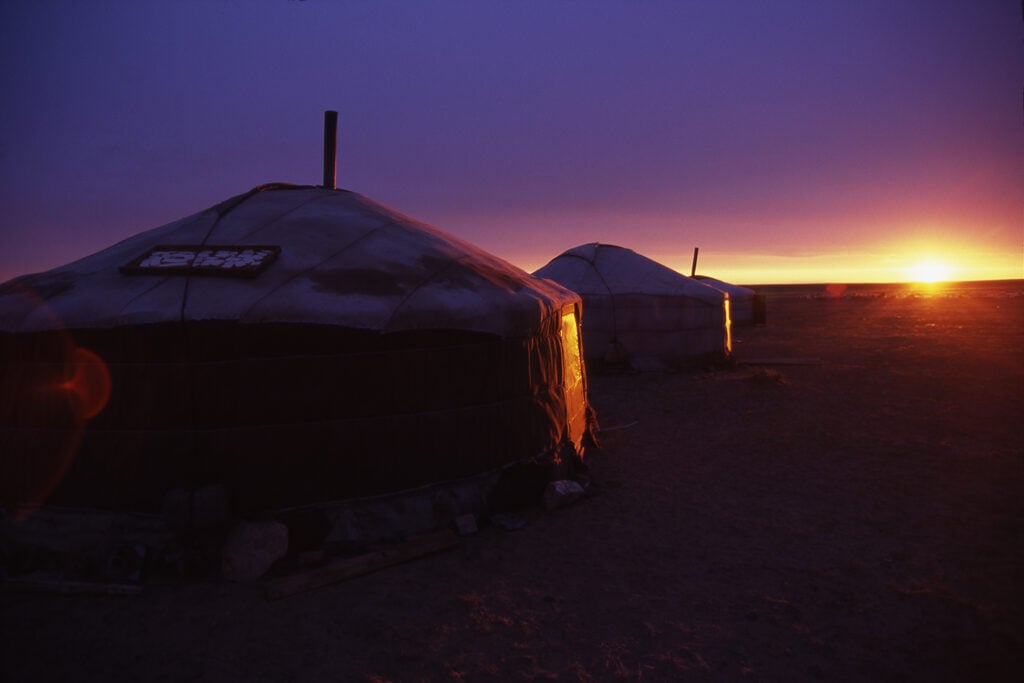
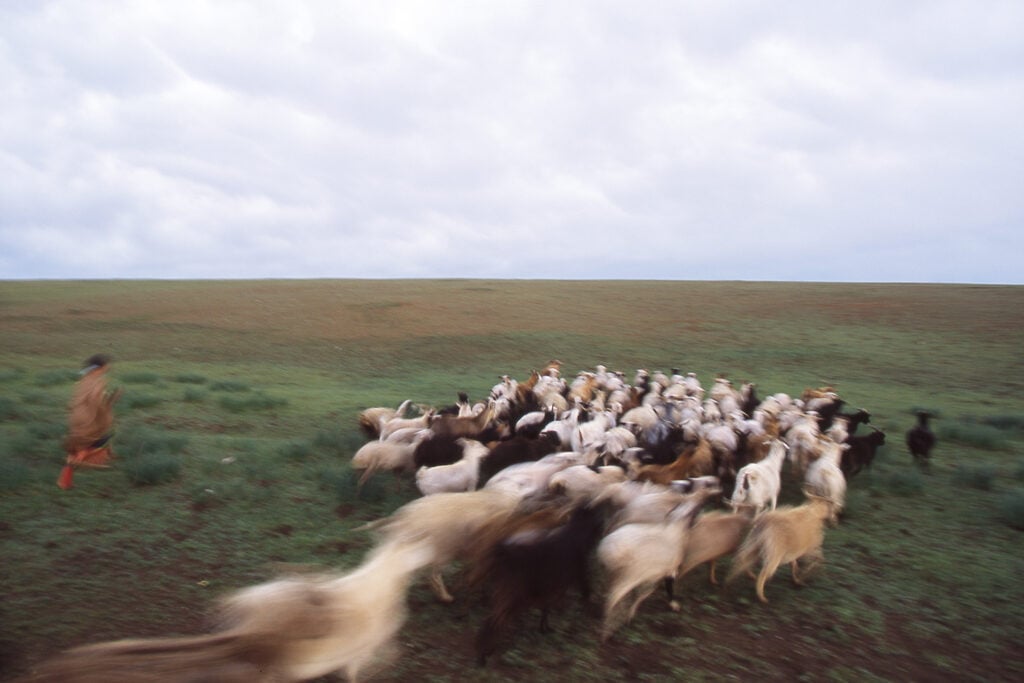
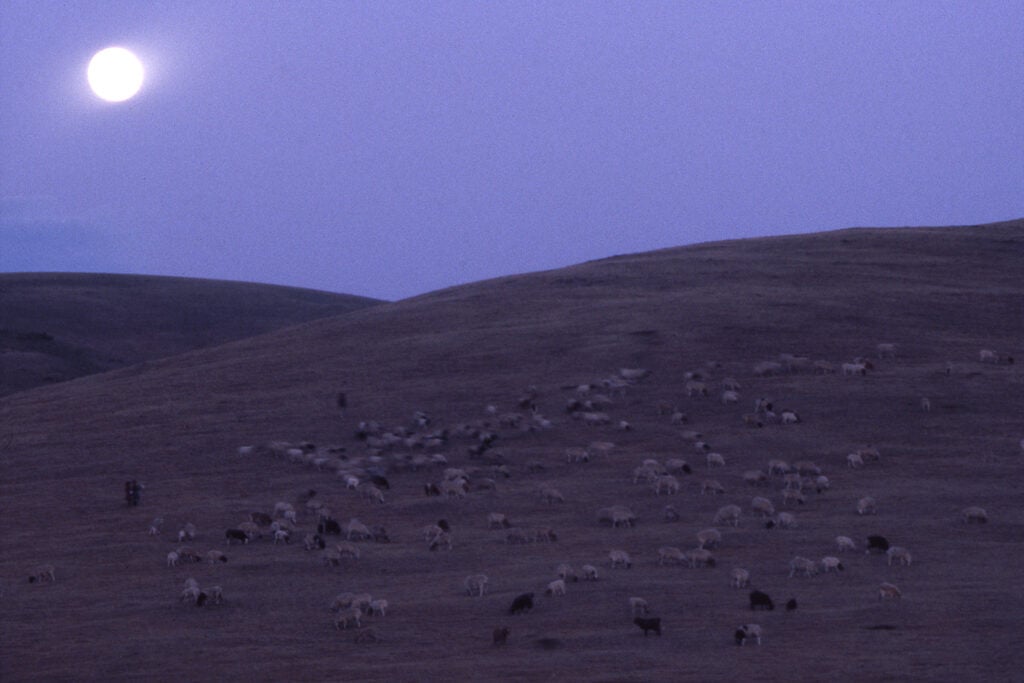
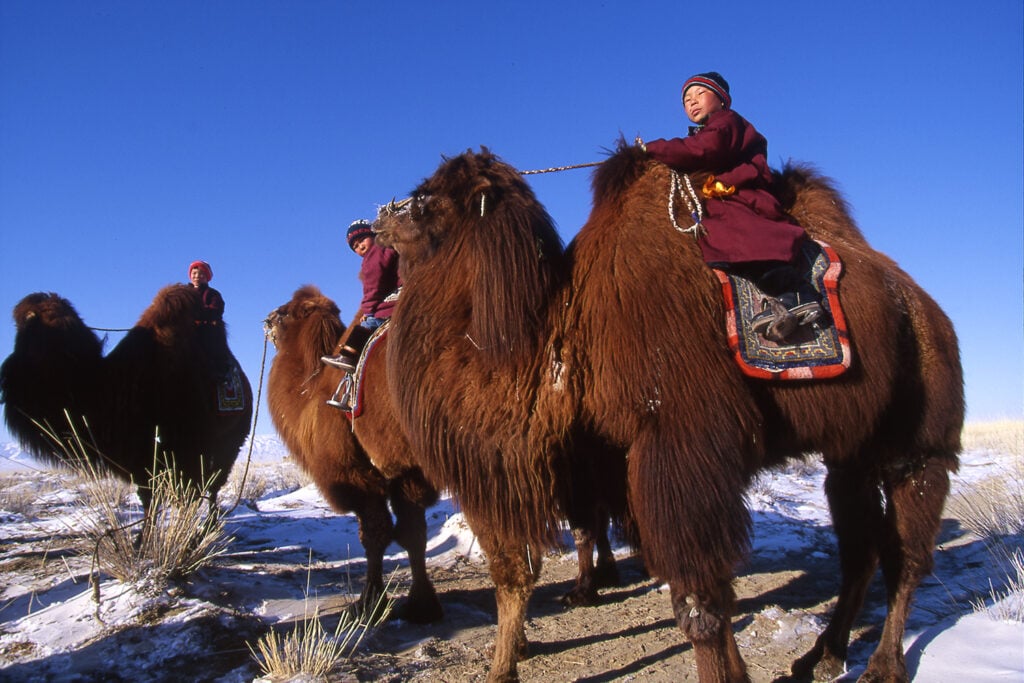
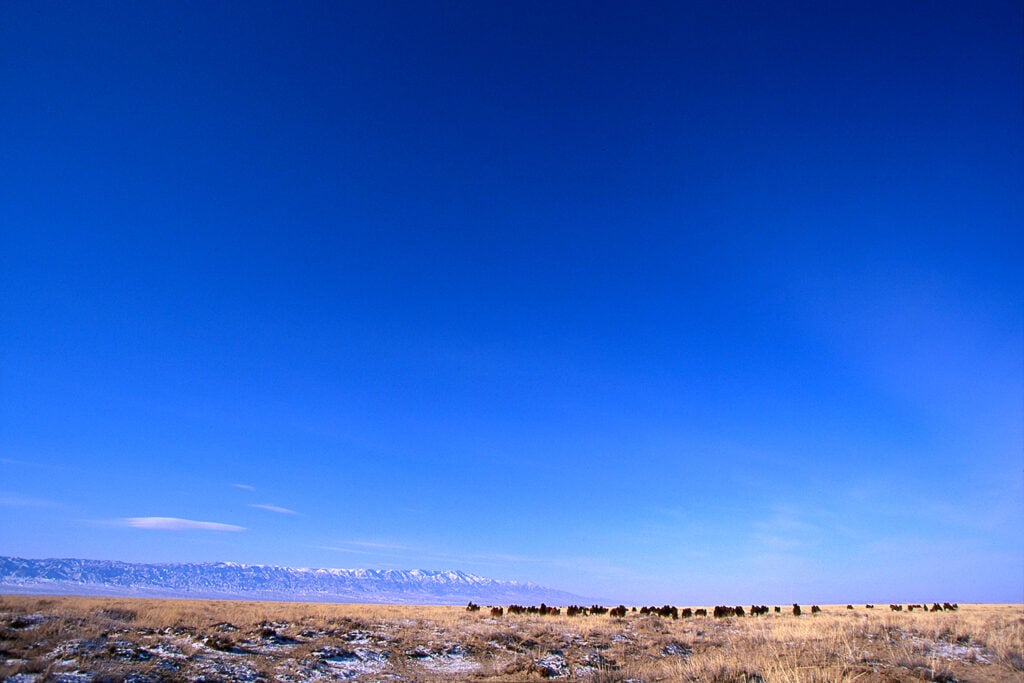
Following in the footsteps of the late Michio Hoshino, Mr. Akasaka went on to travel to Alaska, Haida Gwaii, and Hawaii. And during his journeys, he developed an ever keener awareness of the Huayan Buddhist teaching of interdependence and interconnection.
“The parts depend on their relationship to the whole. Our existence is defined by our connection with the world.”
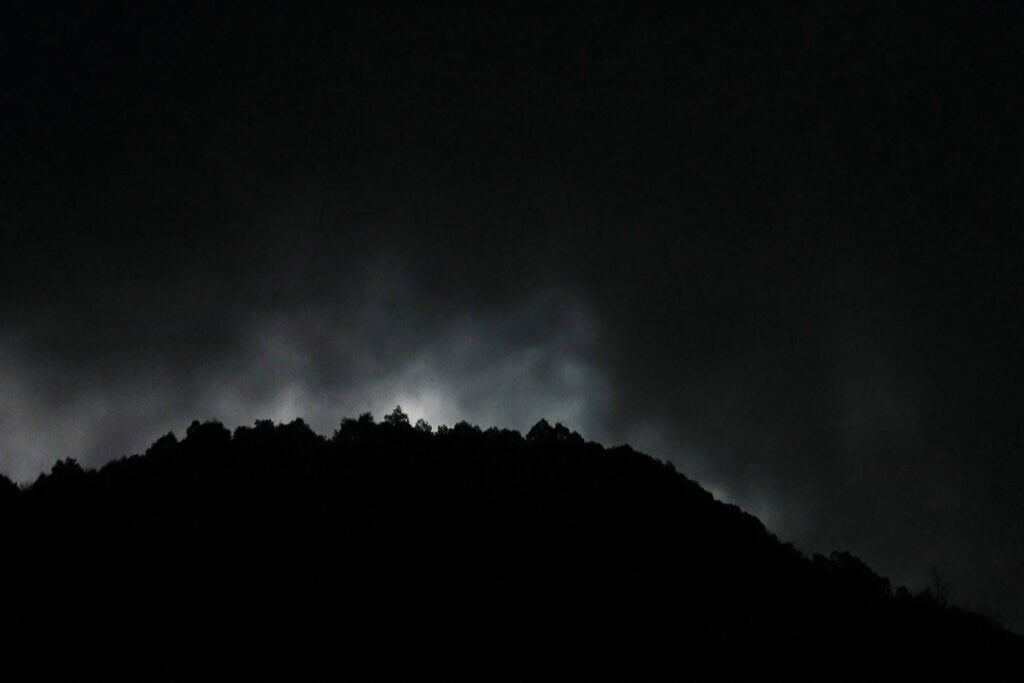
In the world of Shiromi, Mr. Akasaka took on the role of a messenger, and in turn, his existence came to carry a certain weight in the community. The Shiromi Kagura reflects the motifs of the Shinjo-sai, or Kanname-sai, festival of Ise Jingu, and the dance is a form of star worship—having learned this from Takeaki Hamasuna, the priest of the shrine presiding over Shiromi, Mr. Akasaka then spread the word to the residents and enhanced their recognition of their folk tradition.
“As I said, we exist in our relationships. That is, we as individuals live and grow within the context of our connection with others. The point of connection shapes our function and role, and that’s a source of light and joy, so we should welcome and enjoy it. I believe if we follow our heart, our deeds will naturally be of some good to another person’s life.”
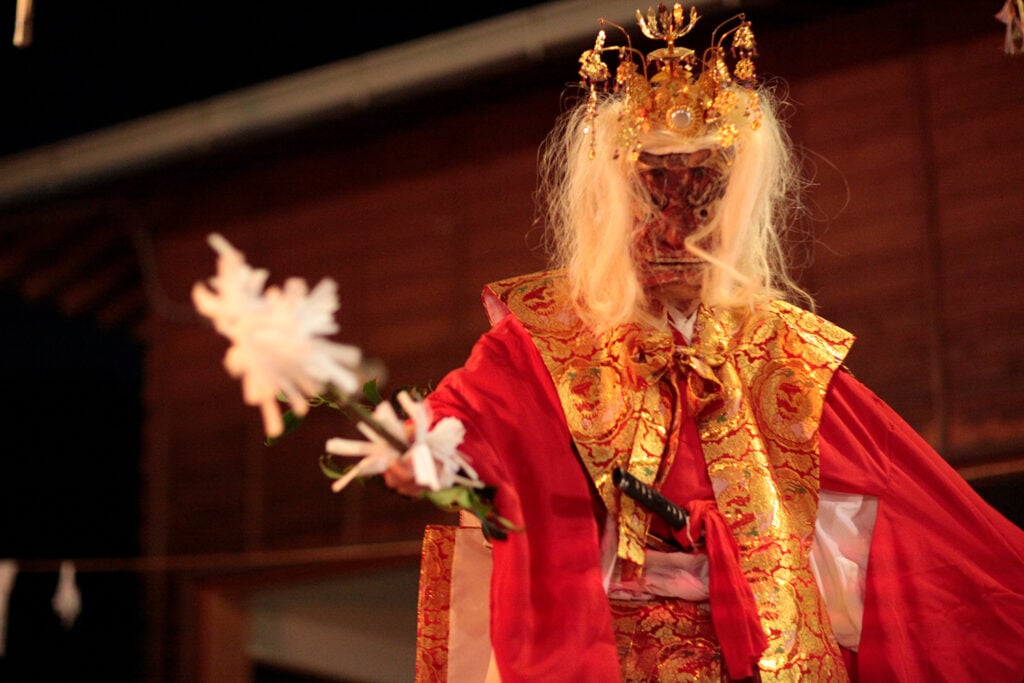
As he spent his days filming in Shiromi, Mr. Akasaka formed a mental image of a fire burning inside a rock—not a big raging fire, but a small fire kindling in a dark cavity between the rock walls. “That fire felt like the essence of our lives,” says Mr. Akasaka, and he created his film with the hope of expressing and communicating that image.
“Our lives serve just one purpose, and that is to be a foundation for future lives. I wanted to share that sense of preciousness.”
Our human lives are extremely fleeting compared to the stars. We make a living in a transient home and eventually give that space back to nature. The people of Shiromi have embraced that cycle and continued to perform the sacred dance for the stars.
The connection between the people and the stars is far from being lost in mythology. It’s alive and well in this village deep in the mountains of Kyushu island.

◾️Shiromi screening schedule
Fri.–Thu., May 24–30 Ueda Eigeki (Ueda City, Nagano)
Fri., June 14 Conte (Okinawa)
Sat.–Sun., June 29–30 Earth-kan (Izumo City, Shimane)
Sat., July 6 Asukadera Kenshu Kaikan (Asuka Village, Nara)
Tue., September 17 TBD (Takashima City, Shiga)
* For details on individual screenings, please see the official movie site.
◾️Photo exhibition
Portrait—Travelling Stars
Fri., April 12–Mon., April 22
Creative Space Hayashi (Chigasaki City, Kanagawa)
Fri., May 17–Sun., June 2
Omokage Book & Craft (Ueda City, Nagano)
Tomoaki Akasaka
Tomoaki Akasaka completed a master’s program at Tulane University Law School and worked at an international accounting firm in the United States and at a law firm in Japan before he was moved by the Great Hanshin Earthquake of 1995 to switch careers and become a photographer. Drawn to the lives of indigenous hunter-gathers and nomads, and the spiritual world sustaining their lives, Akasaka began traveling to remote regions. He has contributed work to magazines and other media, and to photography exhibitions and catalogs for public facilities including a national museum of ethnology and a planetarium; and engaged in diverse other professional activities such as planning and executing an international cultural exchange project, and managing a photography gallery. Following the Great East Japan Earthquake of 2011, he documented the landscapes of the radioactive exclusion zone of Fukushima Prefecture, and with Fukushima’s Minamisoma City, co-produced the short film “Mizu no kioku, tsuchi no kioku” (Memory of Water, Memory of Soil). Akasaka produced the Japanese-language version of the Dutch documentary film De Nieuwe Wildernis(The New Wilderness) for nationwide theatrical release. In 2022, he produced and directed a documentary film themed around praying to the stars, Shiromi, which was released nationwide and continues to be screened throughout Japan today. The film won a grand prize (Keitaro Miyamoto Prize) in the Visual Anthropology and Ethnographic Film Competition at Tokyo Documentary Film Festival 2021.
https://www.akasakatomoaki.net/











